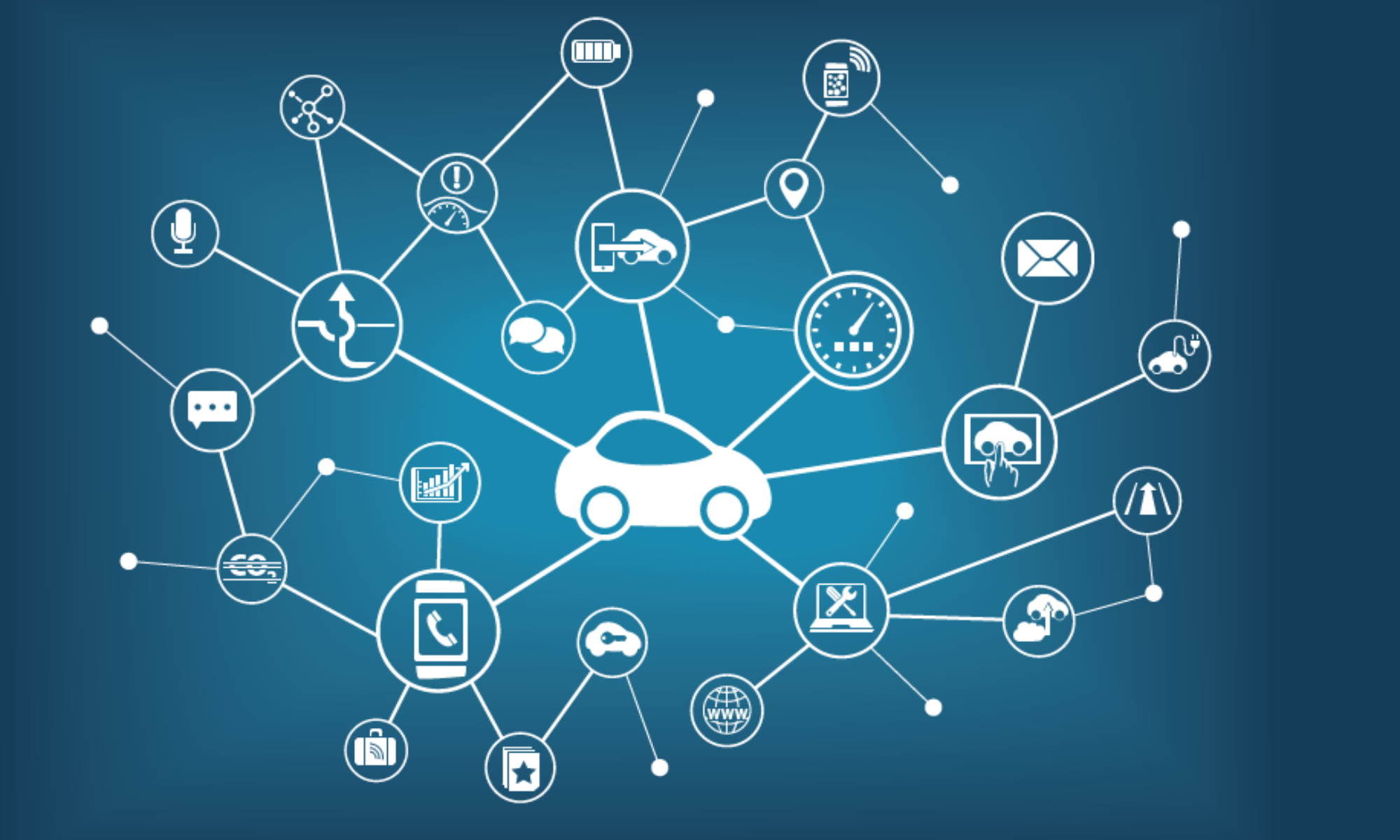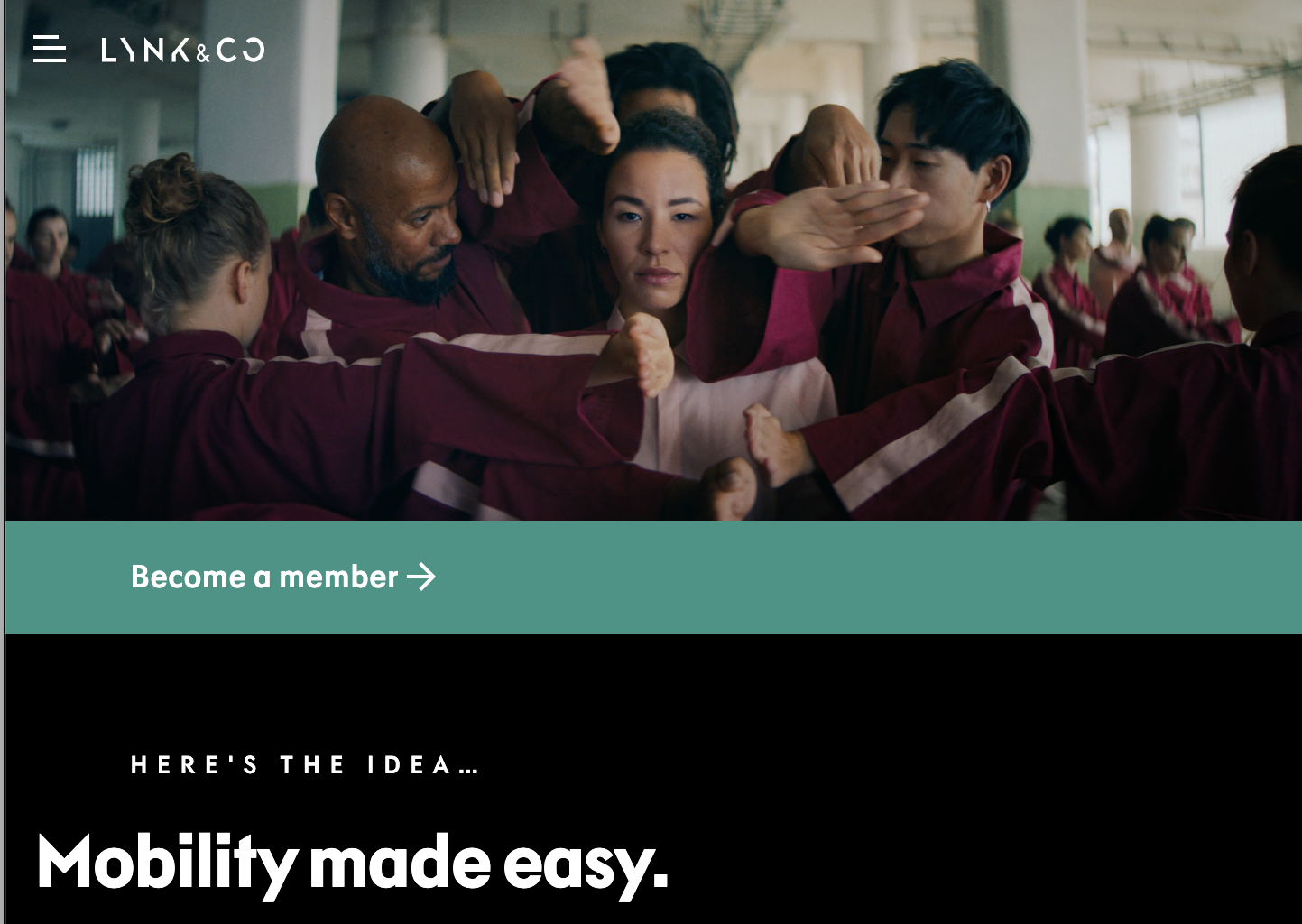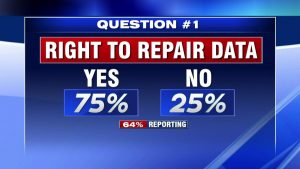November 30, 2020in Thought Leadership

by Greg Ross, Connected Vehicles Practice Lead, motormindz
Monetizing the Connected Car, Part 1
The Search for Data Monetization Begins at Home
Ever since McKinsey and Company published its study, titled “Monetizing Car Data” in September of 2016, automotive OEM’s have been working to develop monetization opportunities from connected cars. Back then, McKinsey estimated that car-generated data could represent a new market worth between $450 and $750 Billion by 2030. Studies like this one helped convince most OEM’s to install both hardware and software for built-in connectivity in nearly all new vehicles, and most have then gone in search of new revenues to help offset the investment. For many, the first place to look has been externally, targeting insurance companies, fleet managers, fuel merchants, tolling providers, and consumers of parking and traffic data. Many of these initiatives are growing steadily, and beginning to produce revenues as the volume of connected cars grows. But while the ecosystem of third party data consumers grows, OEM’s should look closer to home for a return on their connected car investments. For a typical high-volume OEM, there are millions of dollars of opportunity in using connected cars for internal cost savings, quality improvements, and efficiencies.
OEM’s are Large Fleet Operators
A typical OEM is also the owner and operator of large fleets of vehicles. At any one time, there are thousands of vehicles moving through the logistics chain from factories or port facilities through rail lines and marshaling yards and ultimately to dealership inventories. With all of those vehicles connected, there are huge opportunities for operational improvements. Vehicles can be tracked for more precise planning of deliveries, as illustrated in a recent announcement by GM Fleet and a startup called Motorq. Fleets gain efficiency by reducing the time waiting for new vehicles to come on line. The OEM that provides these efficiencies can see “monetization” by becoming a more preferred vehicle provider. Dealers can similarly benefit from more precise tracking of incoming deliveries. An OEM’s finance arm can largely eliminate physical “floor plan” audits of dealer inventories by remotely validating that a vehicle is located where it should be. Theft of vehicles in the logistics chain or in dealer inventories can be easily tracked or even eliminated through remote vehicle disablement. Diagnostics of vehicles in inventory can be pulled remotely, and addressed as needed. As OEM’s continue to expand their ability to deliver software Over-The-Air, new software “fixes” can be delivered remotely to vehicles while they are still in the logistics chain and before they reach customers.
OEM’s also control large numbers of vehicles used in product development, by employees in company vehicle programs, and by retail customers in service loaner fleets. Connected car capabilities can bring fleet management efficiencies to all three use cases and deliver savings to the OEM’s bottom line. Sources of value include optimization of the number of vehicles deployed for each use case, management of vehicle diagnostics, mileage and maintenance, and coaching and improvements in driver behavior. The scale of the auto business can make savings add up quickly. If enhanced efficiency can eliminate the need for one vehicle in each dealer’s loaner fleet, for example, this could mean a reduction of hundreds of vehicles across the fleet – and savings in the tens of millions.
Connected Cars can be Superior Sources of Data
Connected cars can also provide direct information on how vehicles are performing and how they are being used in the field. This data can be superior to traditional sources like customer surveys, social media posts, or warranty claims. Better data means faster responses and a superior understanding of the customer. In the area of product quality, connected cars can deliver real-time diagnostic codes for analysis by the OEM long before trends are noticed from warranty repair data. This connection creates the potential for proactive diagnostics, or “prognostics,” where Artificial Intelligence is applied to large data sets to identify and predict component failures before they happen. Customers benefit by having “predictive maintenance” done before a failure causes a breakdown. OEM’s benefit from greater customer satisfaction and from insights that can be used to eliminate future failures and warranty costs. And as more OEM’s develop capabilities to deliver Over-the-Air software updates, more can deliver software repairs without requiring a service visit. Through these technologies, customers will increasingly come to expect that their vehicles will never let them down, thanks to tight communication and coordination with the manufacturer and the dealer.
Connected cars can also collect data on how vehicles are actually used, rather than relying exclusively on customer surveys or sample observations. For example, it is possible to see how often seat belts are actually being used. This could be used for worried parents to coach new teenage drivers, or it could be used by fleets to coach its drivers and reduce their risk of injury on the job. Product planners can see how often ABS braking, Traction Control, Lane Departure, Blind Spot Detection, Automatic Braking, or other systems are deployed, and under what conditions. Engineers can use this information to fine-tune these features and improve their performance. And it is also possible for an OEM to take these unique insights to create new services. Last week, GM announced that it would apply its unique data and insights to create better, lower-cost car insurance. Planners can also look at how often various settings and features in the HVAC or Infotainment systems are being used. This information can be used to optimize the performance of these systems and design vehicles to meet customer needs and real-world usage. The “monetization” in this case comes from having better insights into customer usage and needs, and translating that into better vehicles and greater customer satisfaction and loyalty.
Internal Uses Builds Skills Needed for External Monetization
In order to turn external parties into paying data customers, OEM’s will need to build an infrastructure to securely collect and store data, and then make it available in an easily consumable form. Third-party data customers will also have expectations for system reliability and data quality. Fortunately, the systems that OEM’s develop to serve their internal efforts build much of the same infrastructure needed to serve external customers at scale. So an OEM’s internal savings effort can provide both immediate cost savings and efficiencies and build a platform and skills needed for future growth.
The global OEM’s are enormous, complex enterprises. Each one owns, operates, or indirectly manages vehicles worth hundreds of millions of dollars. And each one spends hundreds of millions to billions on product development and warranty expenses. The path toward “monetization” of connected car investments runs through a robust program of internal benefits and uses.
motormindz’ Connected Vehicles Practice provides unique, proprietary leverage to help you successfully monetize your connected data & technologies at scale. Our subject matter experts have directly led large operational teams at the major OEs to widespread success in doing exactly this. If you’re interested in harnessing the power of Connected to grow and scale your business, reach out to us, or join one of our programs. Connect quickly, as space continues to be limited.


